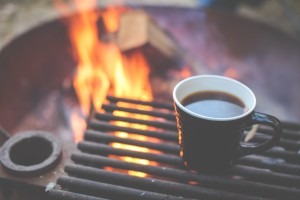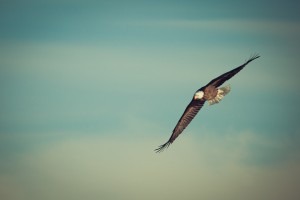The Complete Guide to the Chippewa National Forest
March 10, 2016
In 1908, President Theodore Roosevelt made the Chippewa National Forest the first National Forest east of the Mississippi River. Originally, the Forest was named the Minnesota National Forest but was renamed in 1928 to honor the Ojibwe (or Chippewa) who inhabited the land in the early 1700’s.
The Chippewa National Forest is home to over 1,300 lakes (including two of Minnesota’s largest lakes – Leech Lake and Lake Winnie), 925 miles of river, over 400,000 acres of wetlands, campgrounds and hundreds of miles of hiking and snowmobiling trails.
Camping
Chippewa National Forest has 21 campgrounds that are open from mid-May through mid-September. Depending on the level of camping you would like to do, Chippewa National Forest has campgrounds for every camper. Campsites range from showers and flush toilets to sites with vault toilets and hand pumps. Each campsite is equipped with a picnic table, tent pad and parking spot.
Stony Point Campground is on the shores of Leech Lake and has over 40 campsites for you to choose from. To camp at Stony Point, campsites cost $26 per night. All campsites at Stony Point may be reserved, so book early to get the campsite you want! Stony Point Campground has boat access, a swimming beach and a picnic area.
THE TRAILS
Migizi Trail
Named for the Bald Eagle in Ojibwe, the Migizi Trail is a 19 mile paved loop that surrounds Pike Bay. The trail has four access points – Forest Supervisor’s Office in Cass Lake, the Norway Beach Recreation Area, the South Pike Bay picnic area, and across from the Cass Lake Wayside Rest. Take a portion of the trail for a day hike, or bike the entire trail.
Heartland Trail
The 27 mile long trail goes from Walker to Park Rapids and is one of the oldest paved trails in Northern Minnesota. The portion of the Heartland Trail southwest of Walker is home to beautiful lakes, forest, and wildlife. The Heartland Trail also works to connect other trails and recreation areas, including Chippewa National Forest’s Shingobee Recreation Area.
Shingobee Recreation Area
Located just 5 miles southwest over Walker, the Shingobee Recreation Area is a place for various activities including hiking, cross-country skiing, bird watching and camping. After a long day out on the Shingobee, fill up with hearty, authentic, Kansas style BBQ at The Piggy – located in Walker. The Piggy, raved reviewed by the New York Times, is a must stop – but make sure you get there early!
ACTIVITIES
In addition to camping and hiking, the Chippewa National Forest has a wide variety of other activities for you and your family to enjoy.
Fishing
Home to over 1,000 lakes and miles of river, the Chippewa National Forest is a great place to go fishing. Leech Lake is home to a large Walleye population and can provide you with fresh fish no matter the season. Check out some of our favorite tips on how to master the art of catching walleye. Don’t forget to check our weekly fishing report so you can stay up to date on the best spots to reel in a fish and know exactly what’s biting.
Bird Watching
Coniferous forests to the north, hardwood forests to the south, and prairies to the west. The Chippewa National Forest diverse ecosystem makes it a great place to go bird watching and see all types of different birds. Additionally, the Chippewa National Forest has the highest breeding population of Bald Eagles in the continental US. Grab your binoculars, paper and a pen to record what you see and get hiking!
Berry Picking
Strawberries, blueberries, raspberries, blackberries and cranberries can all be found in the Chippewa National Forest. Depending on the time of year and location – you could fill up your bucket with fresh sweet berries. Don’t want to get your hands all sticky? Pick up a berry picker from amazon or any kitchen store to make the process even easier.
Plan your trip to the Chippewa National Forest and Leech Lake now! We’ll see you on the trails.




